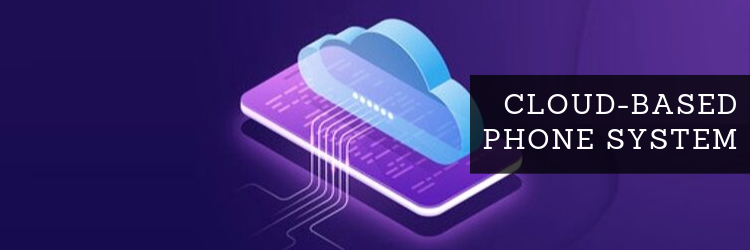Speaking of Industry 4.0, we often hear about cloud computing. In this article, we will explain to you, what this term means and how it can be exploited by small and medium enterprises.
Cloud computing is, the technology that allows you to use software and hardware resources via a remote server, the use of which is offered as a service by a provider, almost always on a subscription basis. In essence, cloud computing is the offer of computing services – such as servers, storage resources, databases, networks, software, analytics, and more – via the Internet.
Suppliers and companies that offer a cloud computing service over the Internet, with a monthly or annual subscription plan, are defined as providers. But what is this technology for? In fact, almost all of us use a cloud computing service every day, we just don’t notice it. We do it any time we send an email, watch a movie streaming, listen to a song, and store photos on the cloud.
What to do with cloud computing
Cloud computing began to develop a decade ago and is revolutionizing many corporate behaviors, both large and small. In fact, with cloud computing, new services, and new applications can be created. But we can also use this technology to archive a large amount of data and perform a backup to restore the information. An element not to be underestimated within a company in the age of ransomware and other cyber attacks of various kinds. With cloud computing, however, we can also host websites or blogs and broadcast streaming services, both audio and video. Finally, with this system, we can provide software on demand or analyze the data to derive strategic models and production plans.
Why use cloud computing
There are several advantages that lead more and more small and medium businesses to adopt cloud computing solutions, starting with the low management costs. With this technology, it is no longer necessary to buy expensive software or hardware programs, and no large servers are needed for data storage anymore, servers that otherwise should be kept on 24 hours a day with large electricity costs, and which should be managed by experienced IT staff.
Cloud computing is fast and versatile, it allows the company to have the necessary information in a short time and almost everywhere, and even increases productivity. For example, the same IT staff who no longer deal with servers can now be employed to achieve more important business goals.
Finally, this technology always has high performance and increases the security of a business. Thanks to continuous backups, it allows you to recover your data following a failure or a hacker attack.
Three cloud models
The cloud computing models offered to companies operating in Industry 4.0 are basically three: Iaas (Infrastructure as a Service), PaaS (Platform as a Service), and SaaS (Software as a Service).
The first model, IaaS, is the most popular at the moment and consists of virtualized hardware that includes virtual space on servers, network connections, bandwidth, IP addresses, and load balancers. Physically, the hardware resource pool is extracted from a multitude of servers usually spread across multiple Data Centers, the maintenance of which is the responsibility of the cloud provider. Instead, the customer has access to the virtualized components to build their IT platforms.
The second model, PaaS, on the other hand, provides developers with a platform to build applications and services on the Internet. The services are hosted on the cloud and users can easily access them through their browser.
The latest model, SaaS, is a cloud service with which consumers can access software applications over the Internet. Practically. it is a rental service rather than a subscription service.
Public, private, and hybrid cloud
There are basically three different ways of distributing cloud computing resources: public, private, and hybrid.
Public clouds are owned by a company (provider) that offers its services over the Internet. In this case, each resource used – from hardware to servers, passing through software – is owned by the provider, and the client company accesses these resources through a specific account.
In the private clouds, all services are in the hands of a single company and are not shared with other companies. Sometimes it may happen that those who own a private cloud pay third-party companies to host their servers, but the network remains private and protected. At a security level, it is an optimal solution, but it is much more expensive than the public cloud.
Finally, hybrid clouds combine private and public clouds thanks to a technology that allows the sharing of data and applications between the two types of cloud: it is a very flexible system, recommended for dynamic companies, which needs various distribution options.
How to choose the right cloud service
Before purchasing a cloud computing service, it is necessary to inquire about the company providing the service: this must be financially sound, with sufficient capital for long-term successful management, must have a well-defined risk management policy, and must understand the activity of the company requesting the service, offering a technical experience that satisfies its needs. In the decision stages, it is important to verify that administrative support is valid, with SLAs and performance reports. Security is also not to be underestimated: the provider must have complete security infrastructure and ensure the integrity of the customer’s data for backup and data storage at any moment.












No Comment